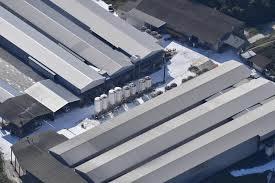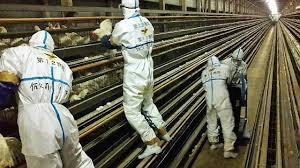 According to press reports from Japan, 7.3 million commercial birds of various types have been depopulated during the ongoing 2022 epornitic. This compares to 9.9 million depopulated during the 2020-2021 series of outbreaks.
According to press reports from Japan, 7.3 million commercial birds of various types have been depopulated during the ongoing 2022 epornitic. This compares to 9.9 million depopulated during the 2020-2021 series of outbreaks.
Mortality commenced with the arrival of migratory waterfowl that have now disseminated H5N1 virus through the entire nation. Routine biosecurity does not appear to prevent introduction of infection, although in some cases the Ministry of Agriculture has implicated deficiencies in basic operational biosecurity. Given the concentration and proximity of egg, broiler and duck farms in Japan, wind dispersal of virus on entrained dust cannot be eliminated as a method of spread.
The implication of an extensive epornitic is that Japan will have to increase imports of egg products and even shell eggs to supplement reduced domestic production. Unfortunately, the U.S. will be hard pressed to supply larger quantities then at present given the ongoing problems in our own industry. Japan has imported shell eggs from Spain and egg products from India.
 Japan was the leading importer of egg products from the U.S. for January-October 2022 based on a value of $35.3 million and a volume of 7,541 metric tons that represented 36.6 percent of volume and 35.0 percent of the total value of U.S. exports. The unit value of $4,681 per metric ton compares with the average unit value for U.S. exports of all egg products at $4,887.
Japan was the leading importer of egg products from the U.S. for January-October 2022 based on a value of $35.3 million and a volume of 7,541 metric tons that represented 36.6 percent of volume and 35.0 percent of the total value of U.S. exports. The unit value of $4,681 per metric ton compares with the average unit value for U.S. exports of all egg products at $4,887.